Change how you feed your kids with these dietitian debunked myths! Here are five common kids nutrition myths that parents need to ignore, and what to do instead!

Feeding kids is legit a full-time job. We meal plan, purchase groceries, prepare snacks and meals, wipe messy toddler hands and faces, clean the kitchen, and then start all over again! I think we can all probably agree here… feeding kids is tough. BUT… it is one of the most important jobs we do as parents – after all, our kids have to eat multiple times a day, and it it’s up to us to provide the food and eating structure that will help them grow and develop. No pressure right?
It can be stressful feeding kids. Especially if you’re going through a picky eating phase or two and are having some dinnertime power struggles. Because if having a crying toddler at the table is not bad enough, a crying parent is even worse :). But did you know that mealtime is supposed to be fun? You betcha. The truth is, we put WAY too much pressure on ourselves – and mealtimes is one area where all that extra pressure can actually cause more stress! As a pediatric dietitian and mom to three kids who have all gone through picky eating phases, I’m here to set the record straight about a few common feeding and mealtime myths. Let’s go!
#1: It’s your job to get your child to eat.
Nope! It’s actually not. It’s your job to provide nutritious meals and snacks everyday, at times and in places that you choose. But when it comes to if and how much your kid eats? That’s 100% up to them. It’s important to establish these feeding roles early—to take the pressure off of everyone.
Kids are naturally intuitive eaters – they will finish eating when they’re full and (most of the time) they eat when hungry. When given a set meal and snack structure where food is offered in a pressure-free way kids will either eat the food provided or not. And that’s completely okay. Remind them that this is their opportunity to eat and that when the meal or snack is over the kitchen will be closed until the next eating opportunity.

#2: My child is a picky eater
See… every child goes through a picky eating phase… or two or three…but this doesn’t mean that they are a “picky eater”. Labeling your child as a picky eater will only make them think that they are. So try to keep the conversation around eating and food neutral and try a few of these strategies for “picky eaters”!
What is important is to continue to reintroduce foods without pressure, because they WILL learn to accept them again in their own time. Repeat exposure to foods will help kids gain confidence in what they are seeing and eventually consuming. It also helps to see you as a parent consuming the same foods, so sit down and eat with the kids as much as possible.

#3: My child needs to order off of the kids menu
Sure, once in a while ordering chicken fingers and fries is ok, but the typical “child-friendly” restaurant choices really limit our kids’ opportunities to expand their palates. Let your kids branch out and order something off the regular menu sometimes – or even share something with them! You might be surprised at what your child will try! Ordering a bunch of appetizers or going to a tapas restaurant is a fun way to expose your child to new and different foods. My kids and I love ordering sushi and trying to navigate chop sticks! It’s all about having family fun.

#4: My Child is a “Grazer”:
Let’s just put it this way… if a child is given the chance to be a grazer, they will be a grazer. What kid doesn’t love an all-day snack fest?! But kids who graze actually end up consuming less food than those who have regular meals and snacks. Surprising right? Parents often think that any food is better than none. But keep in mind that it’s up to you to decide the “when’s” of feeding. This means setting a schedule and sticking to it. In general, kids need about 2-3 hours in between eating opportunities so that they can learn to self-regulate and have a chance to build and appetite.
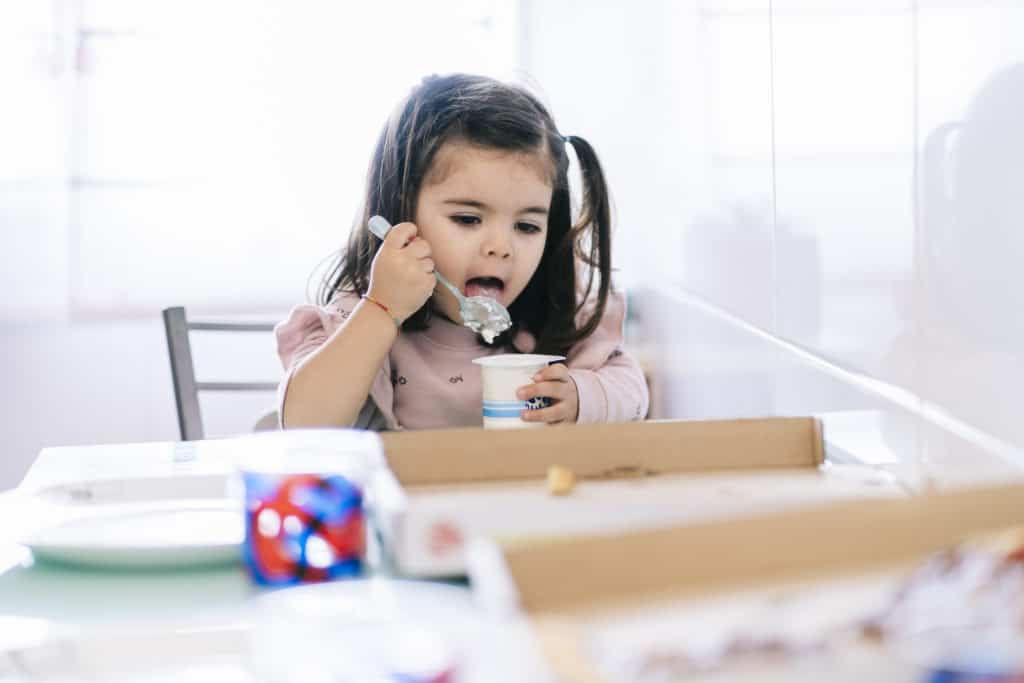
#5: I need to teach my kid about nutrition at mealtime
Actually, no! You may think that telling your child that carrots help their eyes and that milk is important for their bones might entice them to eat it, but studies show otherwise! In fact, kids have more negative views about foods labelled “healthy” and “good for you” (this food is “healthy” yuck!). It’s important to allow your kids to explore foods on their own, without placing value them, or labelling them. Keep the conversation about food neutral, instead chat about your day!

Well there you have it! Hopefully these truths help you to breathe a sigh of relief when it comes to feeding your kiddos.
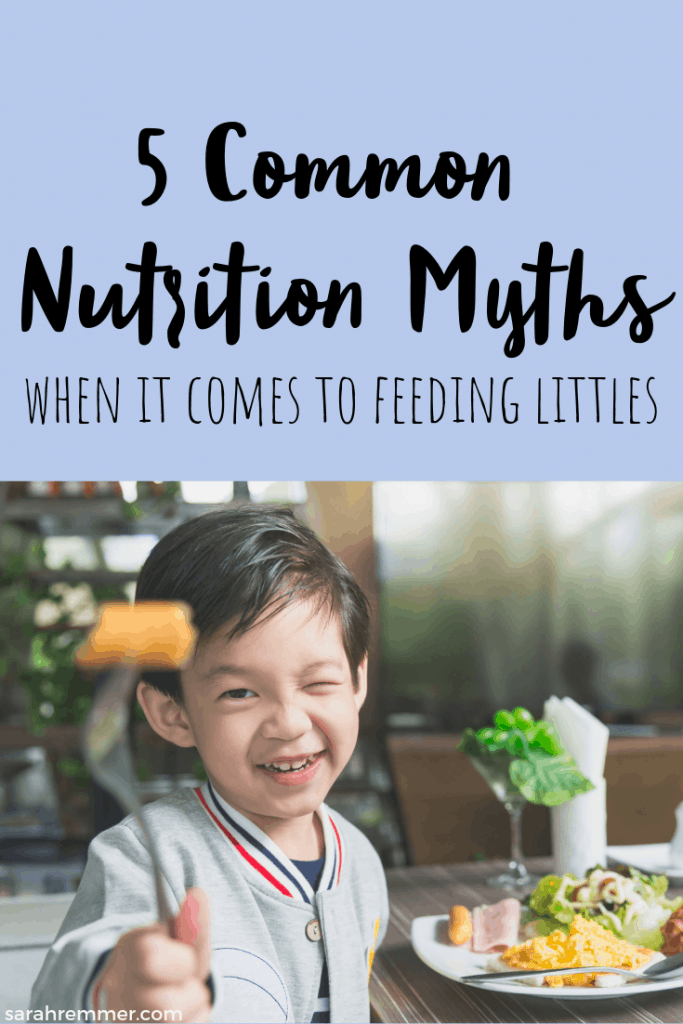
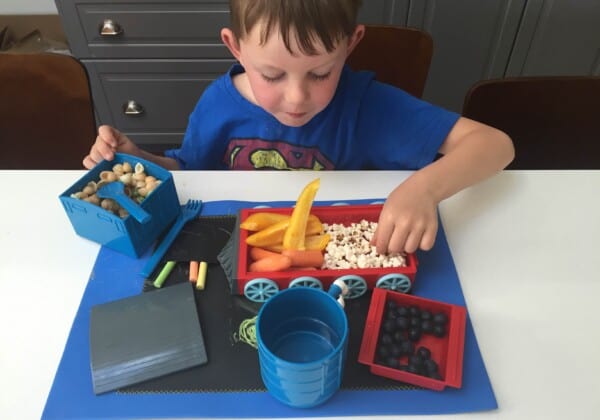



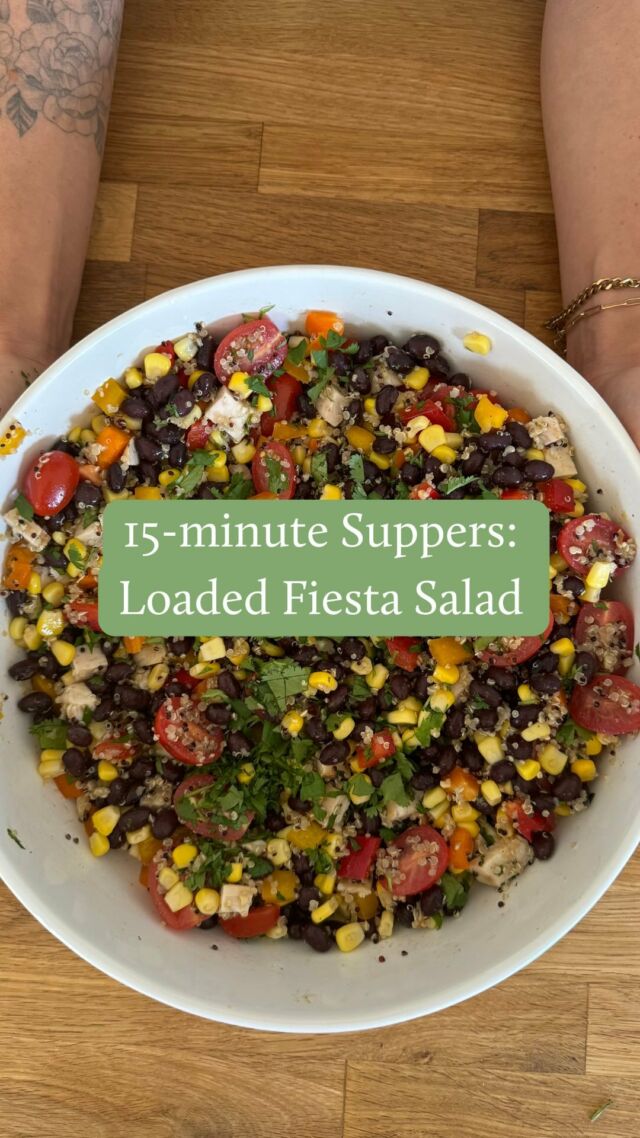

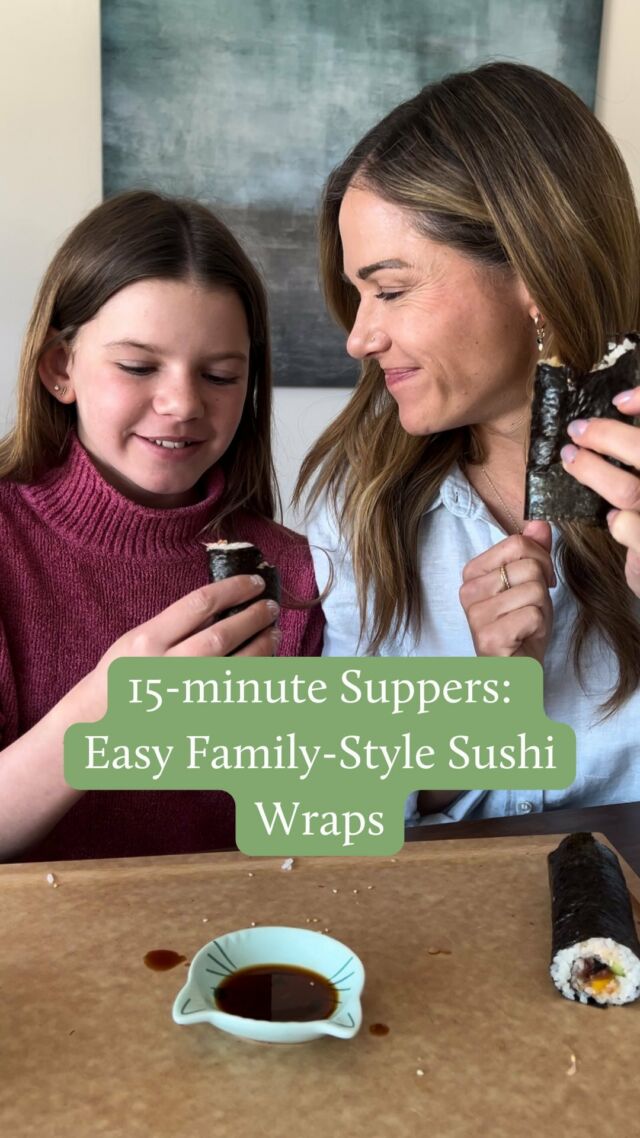

Comments
Lindsey says
Great tips! My daughter will nearly always share entrees with my husband and I – more variety and it saves money, too!
Stacey Mattinson says
These are such great tips for parents!! As a parent myself, I totally see this. My daughter will graze all the time if given the chance (like when we’re at a family reunion and older kids are snacking constantly!), but at home she is structured with three meals and a snack, and eats so much better!
Heidi Moretti says
These are great tips for any parent of young children. Grazing all day also can be really bad for their teeth! Thanks Sarah!
Kara Lydon says
Love this myth busting! Such helpful information for parents.
Bronte Grooms @ The Genomic Kitchen says
I love the tip of having a child ordering off the regular menu. I myself ate sushi starting from 4 years old.
Shannon says
I love the tip about letting kids order off any part of the menu! Sometimes the kids menu is so limiting.
SreeFoods says
Hey Hi,
I suppose to agree, that the parents to take care when there low nutrition for the children at age below five. Your content is super and Thanks for the sharing this information.